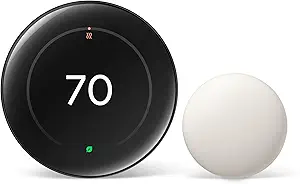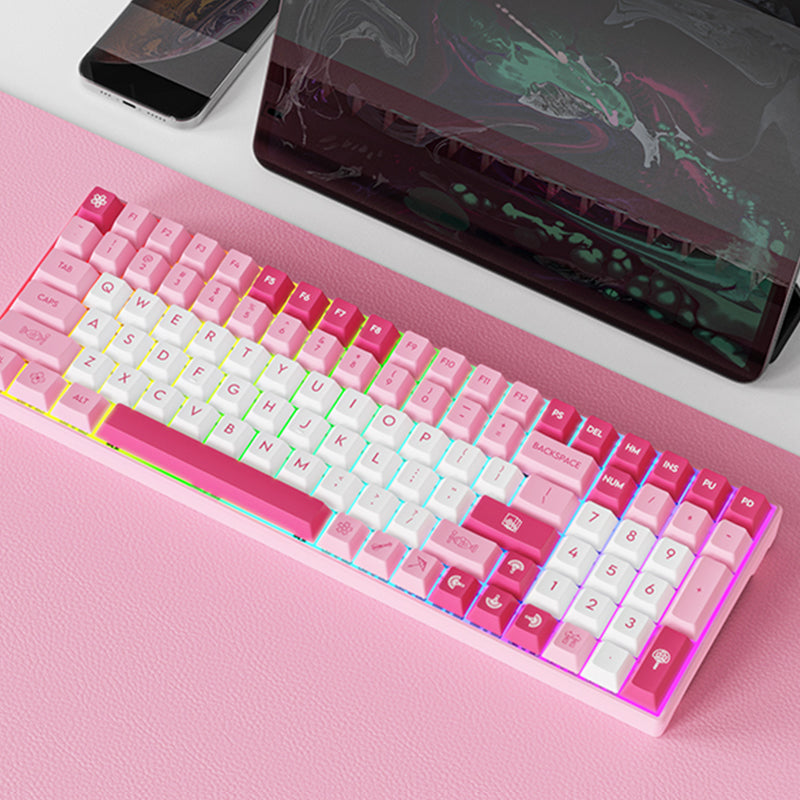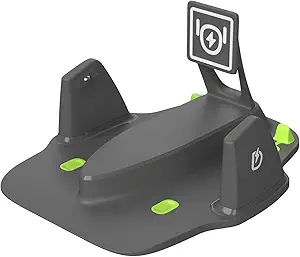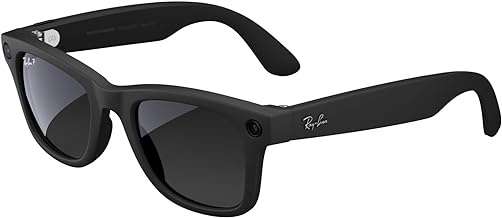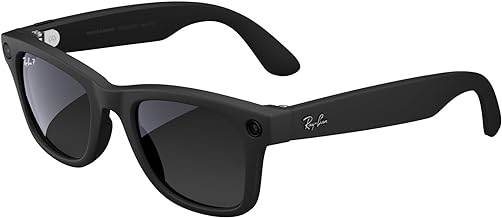There’s a buzz in the air and for good reason. Google, in partnership with Samsung, has recently unveiled its much-anticipated mixed-reality headset, igniting a flurry of discussion among tech enthusiasts and skeptics alike. The allure of mixed-reality technology is undeniable, blending the digital and physical worlds in ways that promise to change the way we interact with technology. But with as much anticipation comes an equal measure of doubt, particularly in light of Google’s rocky track record with past hardware projects.
A New Era in Mixed Reality
The new mixed-reality headset rolls in with some intriguing features aiming to position it as a serious contender in today’s gadget jungle. First off, its sleek and modern design screams quality, a hallmark of what you’d expect from a project born from the combined powers of Google and Samsung. AR and VR enthusiasts will find its advanced capabilities appealing, as it promises richer, more immersive experiences that could level up gaming, entertainment, and even enterprise applications.
Functionality takes center stage, with the headset integrating seamlessly with existing Google services and devices. This seamlessness is a comforting handhold for users already knee-deep in the Google ecosystem. A user interface touted as intuitive is yet another cherry on top, providing smoother interactions than what’s available with alternatives. This headset has had a lot of thought put into it, and you can feel the effort that has gone into crafting a user-friendly experience.
Here are some key features of this new headset:
- High-resolution display for an enhanced visual experience
- Comfortable and lightweight design for prolonged use
- Integration with Google Assistant for voice commands
- Compatibility with a wide range of apps across both AR and VR
Mixed Emotions from the Tech Community
Despite these promising features, the tech community remains cautious, colored by past experiences with Google’s short-lived products. Discussions on platforms like Reddit are rife with skepticism, with many users wary of getting their hopes up only to be let down later. One Redditor quipped, “Yeah, I’m not buying a single thing from Google anymore.” They really nailed it; this sentiment runs too deep for anyone who’s watched great ideas fall to the wayside due to discontinuation, think Google Stadia and Daydream.
This apprehension is not unwarranted. A quick visit to Killed by Google highlights numerous products that have sadly met an early demise. Many of us can remember the excitement surrounding the initial announcements of these ambitious projects. Yet, there is a lingering fear that this excitement could fizzle out just as quickly.
It’s hard not to feel a twinge of fear when hearing the name Google alongside new hardware. Google has some great tech, but too often they pull the rug out from under eager consumers. I remember getting pumped about the Google Glass experience, dreaming of augmented everything, only to watch it fade into the background. It’s tough to shake the feeling that we could be witnessing another product destined for obscurity.
Competing in the Tech Arena
In a market where tech giants like Apple and Meta jostle for dominance, Google’s entry is both a bold and strategic move. Unlike Meta’s immersive Oculus offerings and Apple’s rumored AR/VR escapades, Google’s headset positions itself as a flexible solution for those already entrenched in Google services. Here lies a crucial differentiator, but it also comes with potential struggles given the high bar set by competitors known for their innovation and staying power.
When looking at this competition, a table comparison can reveal some crucial insights:
| Feature | Google/Samsung Headset | Meta Quest 3 | Apple Vision Pro |
|---|---|---|---|
| Display | High-resolution AR/VR | Color passthrough | High-res Retina display |
| Integration | Google services | Meta ecosystem | Apple ecosystem |
| Comfort | Lightweight | Balanced weight | Custom fit |
| Price | Not yet revealed | $499 | $3,499 |
For Google, navigating this competitive terrain will require a deft touch, leveraging strengths in software integration while allaying fears of inevitable short-lived product support. We all know how quick the tech world can be to adjust its sights when something shiny comes along. Will this headset have the legs to keep up with the competition?
The Thrilling Prospects of Mixed Reality
Imagine the game-changing applications of mixed reality technology—the headset could vastly enhance user experience across various domains. In gaming, it could escalate player immersion to dizzying heights. You can almost imagine it now: you’re conquering mythical lands and racing through sci-fi cities, all through this device that could redefine gaming. It reminds me of the first time I slipped on a VR headset, feeling transported to another realm—a feeling of wonder that this headset has the potential to amplify.
In the professional realm, this headset could revolutionize remote collaboration. Picture this—a team of engineers spread across continents using the headset to simulate project environments. They could interactively brainstorm ideas and solve issues in real time, perhaps feeling as if they’re all in the same room. This could be huge for workplaces adapting to remote collaboration. In educational settings, mixed reality could provide rich, interactive learning experiences. Just think of lessons that feel so real, where you could walk through history or explore the human body in 3D. It’s a thrilling prospect that makes me long for the classroom of the future.
However, let’s not gloss over the hurdles ahead. Practical concerns about usability and the necessity of augmenting hardware needs loom large on the horizon. For Google to capture the imagination of consumers and maintain loyalty, it must build an ecosystem that can sustain interest over time. Crafting a clear, compelling long-term value proposition is key if they really want this to work.
A Crossroads for Google
The mixed-reality headset from Google and Samsung is standing at a unique crossroads. It’s tempting and packed with potential yet shadowed by the tech giant’s notorious history of product abandonments. As the tech community draws parallels with previous, less permanent offerings, the pressing question looms: is this headset the next big leap into the future or a destined addition to the sad cemetery of forgotten gadgets?
This launch provides Google with a golden opportunity to reaffirm its commitment to innovation and reliability. Tech-savvy consumers are just itching for dependable, cutting-edge technology that doesn’t fade into oblivion. We need to see Google take the leap and show us they’re ready to put in the attention and care this potentially amazing device deserves. Only time will tell, though, if Google’s mixed-reality adventure becomes a genuine game-changer or simply another chapter in the long, winding saga of ambitious yet unfulfilled tech ventures.





